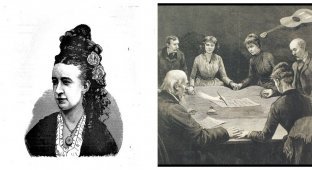Orson Fowler's octagonal houses: architectural madness of the 19th century (14 photos)
Orson Fowler literally hated the usual "boxes" - standard houses with right angles seemed incredibly boring to him. 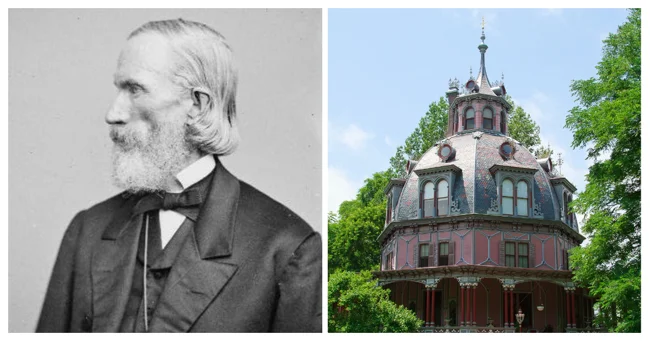
He considered the circle to be the ideal shape, but it was difficult to build round buildings from wood. So he chose a compromise - an octagon. 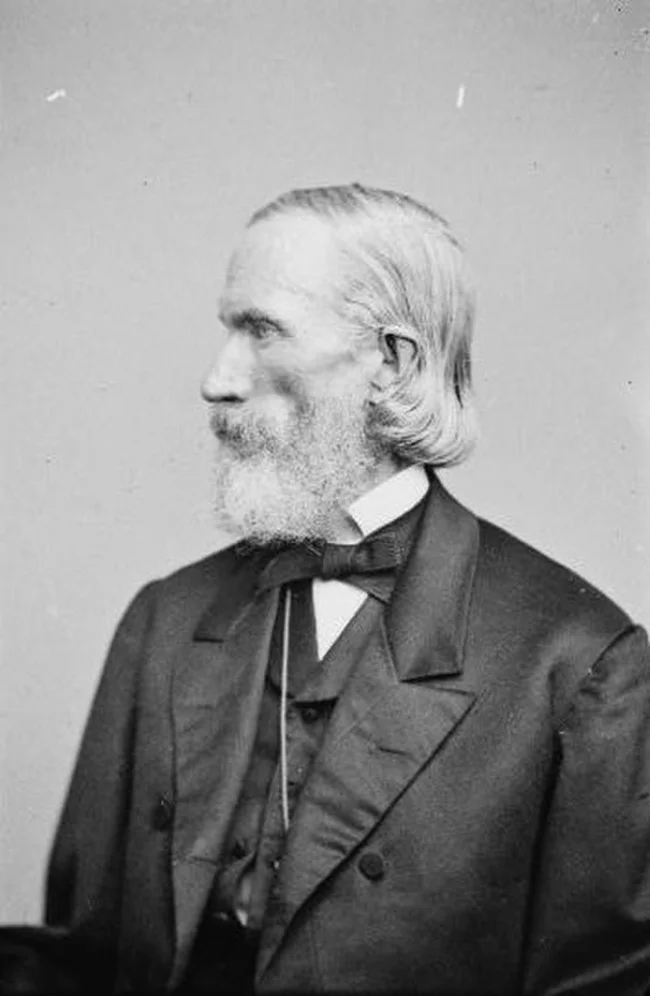
Orson Fowler
In 1848, Fowler published a book called "The Octagon House: A Home for Everybody," which caused a real boom. In his opinion, octagonal houses were more spacious, brighter, and cheaper to build than traditional ones.
Why an octagon? 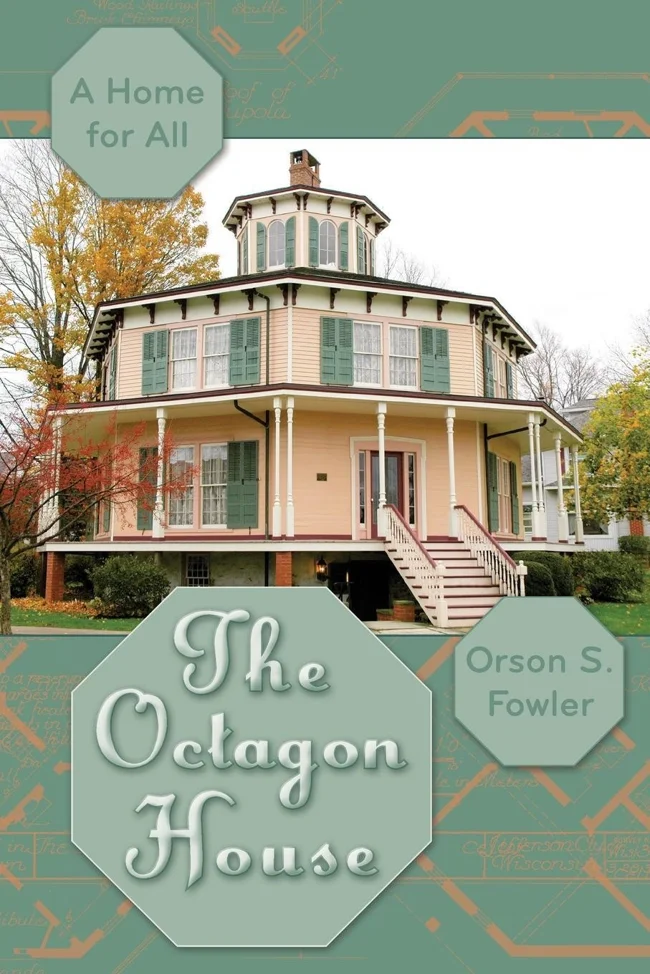
The book was a sensation
more space with the same wall area;
more windows → more light;
fewer corridors - all rooms open onto the central hall.
Fowler: From Skulls to Houses 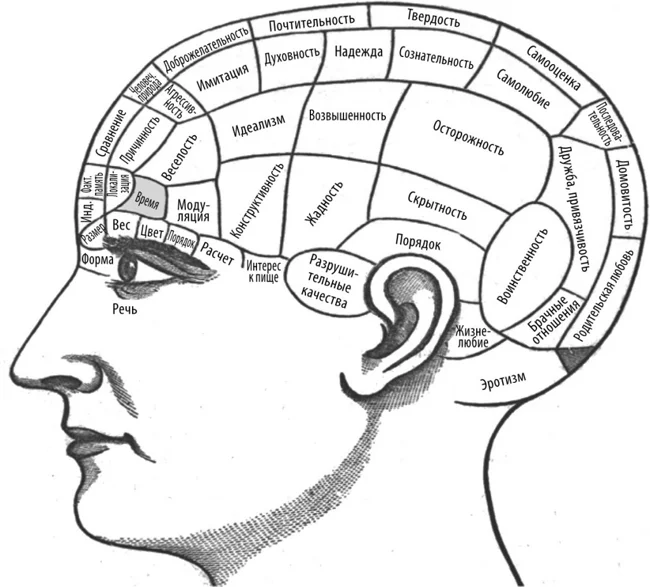
Phrenological chart
Before becoming interested in architecture, Fowler was a famous phrenologist - a specialist who determined a person's character by the bumps on the skull. Pseudoscience claimed that it was possible to determine a person's character by the bumps and depressions on his skull. This pseudoscientific theory was developed by the German physician Franz Joseph Gall in 1796, and although its provisions were not universally accepted, many found a grain of truth in them.
A funny thing with Mark Twain 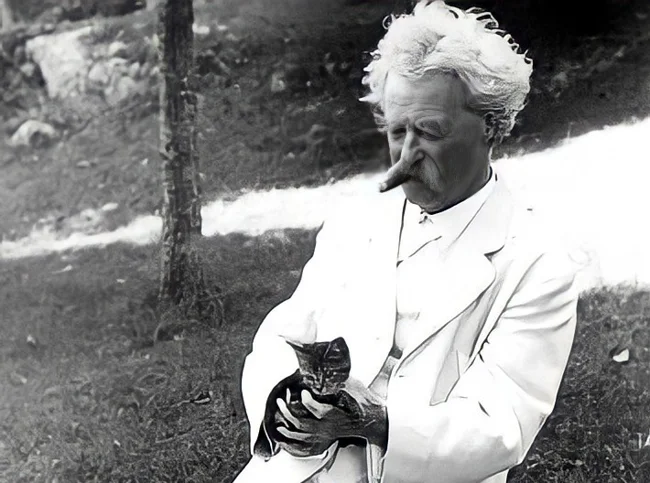
Mark Twain exposed a phrenologist
Once the writer came to Fowler incognito, in makeup. He felt his head and said: "You have a complete lack of sense of humor! This is confirmed by a small cavity where there should be a bump." Three months later, Twain returned, revealing his name - and Fowler immediately "found" in him "the greatest bump of wit" where he had previously seen a cavity.
Fowler's Masterpiece: A Monster House 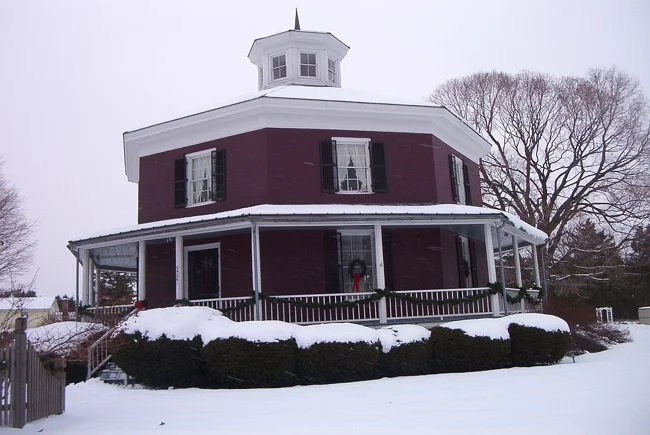
Wilcox Octagon House is a historic house in Camillus, New York, USA
To prove the advantages of octagons, Fowler built a giant 4-story house in New York:
60 rooms + 40 utility rooms;
a spiral staircase under a glass dome.
central heating, running water, gas lighting, and even an elevator to deliver food from the kitchen to the dining room!
For the mid-19th century, this was a real architectural breakthrough. The house was later deemed a public health hazard and was blown up with dynamite in 1897. Over time, both the house and the style of construction were dubbed "Fowler's Folly."
Heritage: Where to Find Octagonal Houses? 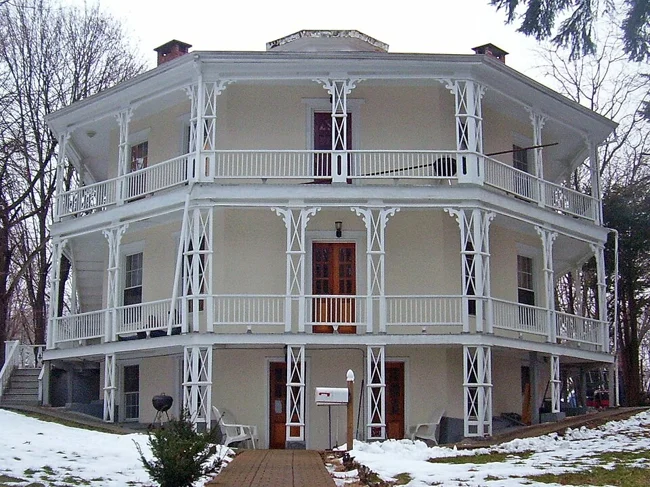
House in Danbury, Connecticut, USA. Built based on Fowler's book
After the book was published, hundreds of octagons appeared in the United States and Canada. Today, about 2,000 of these buildings have survived, and many have become historical monuments:
Longwood (Mississippi) - an unfinished mansion of a millionaire.
The Armour-Stiner House (New York) is the only house in the world with an octagonal dome.
The Octagon House (Washington) is where President Madison lived after the White House was burned by the British. 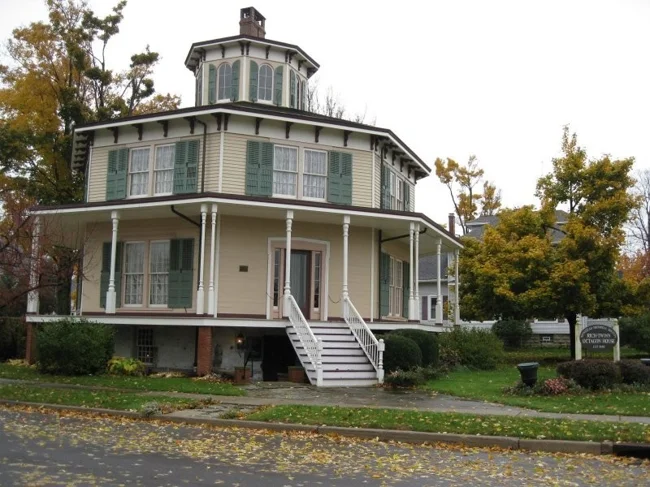
The Rich-Twinn Octagon House in Akron, New York, was built in 1849 and restored to its current form in the 1990s
The octagon fad died down by the 1890s, but these unusual houses still amaze with their boldness and innovation.
Fowler proved that even in architecture one can think outside the “box” – or more precisely, outside the square. 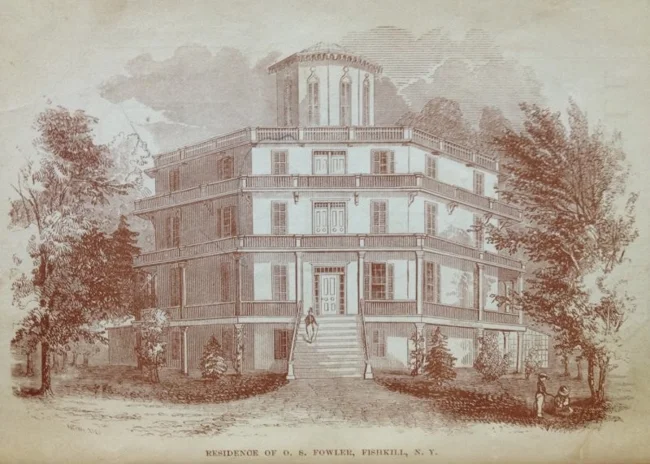
Orson Fowler's House in Fishkill, New York 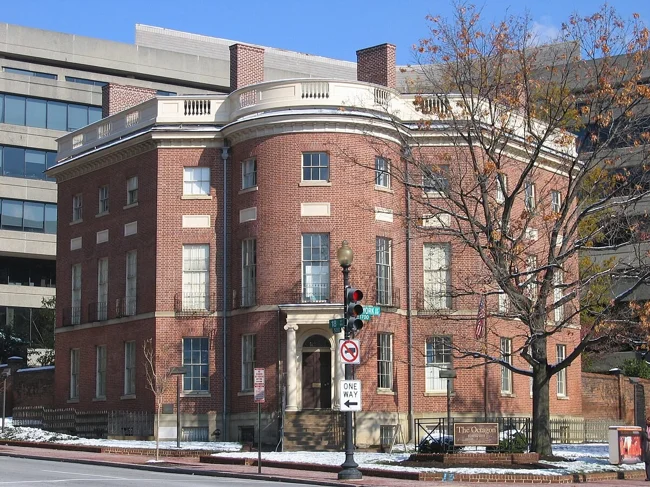
House in Washington 
House in Irvington, New York 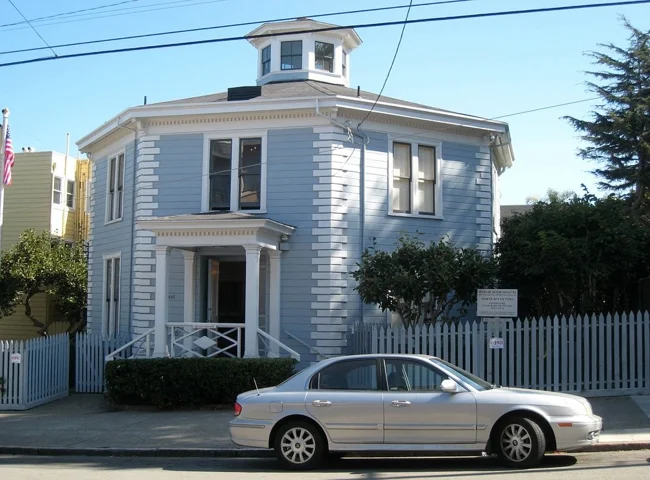
McElroy Octagonal House on Gough Street in San Francisco, California 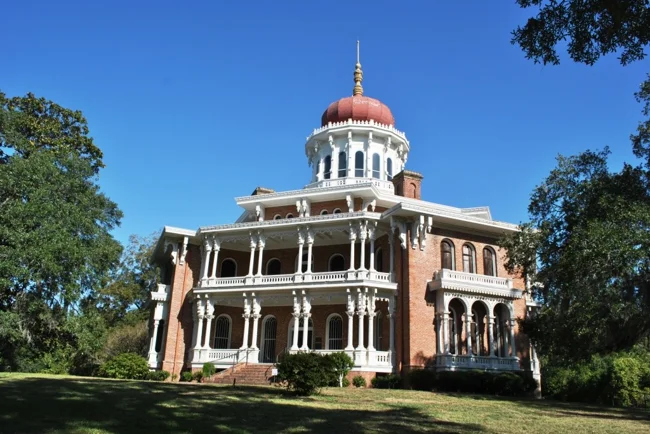
Longwood (Mississippi) 
Ezekiel B. Zimmerman's Octagonal House, Built in 1883 in Ohio












